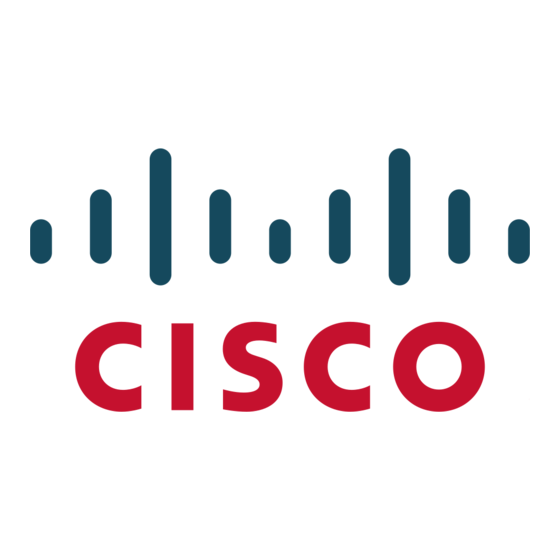- ページ 21
無線アクセスポイント Cisco 1005 - 1005 RouterのPDF 配備マニュアルをオンラインで閲覧またはダウンロードできます。Cisco 1005 - 1005 Router 40 ページ。 Lightweight access points

Deployment
Protocol Requirements
One of the critical decisions in deploying a wireless LAN is deciding which protocols and bands it will
support. The following table shows the options and the advantages/disadvantages of each.
Table 1
Protocol/Band
802.11a/b/g
802.11 b/g only
802.11a only
Coverage Area Requirements
Customers typically want seamless full RF coverage or partial RF coverage in conference rooms, lunch
rooms, etc.
Coverage holes are areas where clients cannot receive a signal from the wireless network. When
deploying wireless networks, there is a trade-off between the cost of the initial network deployment and
the percentage of coverage hole areas. A reasonable coverage hole criterion for launch is between 2 and
10 percent. This means that between two and ten test locations out of 100 random test locations may
receive marginal service. After launch, the Cisco WLAN Solution Radio Resource Management (RRM)
will identify these coverage areas and report them to the IT manager, allowing the IT manager to fill
holes based on user demand.
78-17279-01
Protocol Requirements
Advantage
Highest capacity option (three
802.11b/g channels and thirteen
802.11a channels)
Highest performance option (54 Mbps
for both 802.11g and 802.11a)
Rogue access point detection for both
2.4 GHz 802.11b/g and 5.0 GHz
802.11a bands
Supports legacy clients
Lowest cost Cisco 1000 Series IEEE
802.11a/b/g lightweight access point
High performance
High Capacity
Deployment Guide: Cisco Aironet 1000 Series Lightweight Access Points
Determining Deployment Requirements
Disadvantage
Small increase in the Cisco 1000 Series
IEEE 802.11a/b/g lightweight access
point cost
802.11g performance is limited in the
presence of 802.11b users
Limited capacity
Does not support 802.11a clients
Does not support 802.11b/g clients
3
